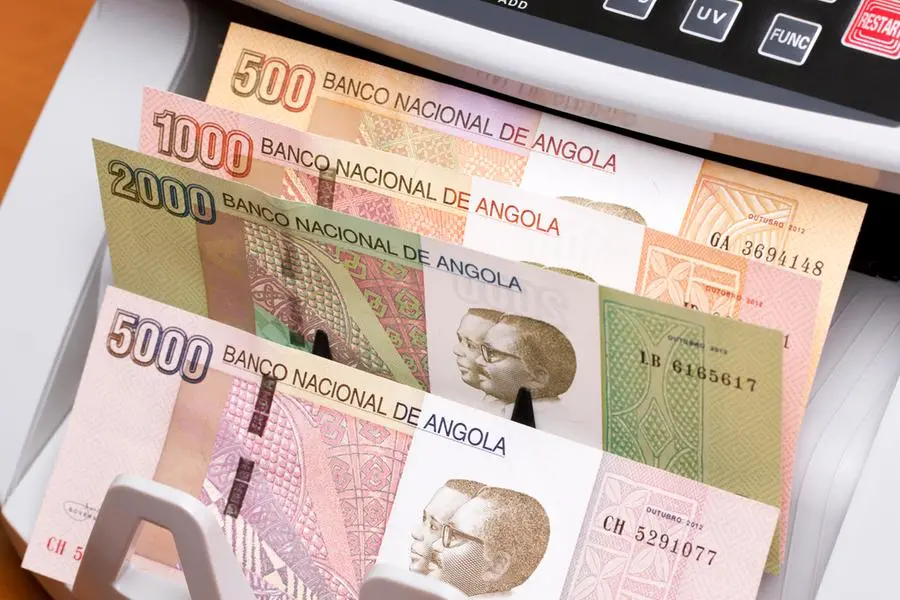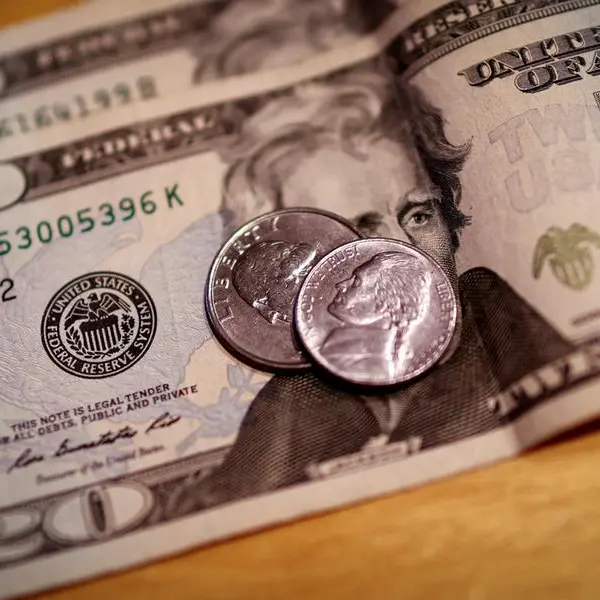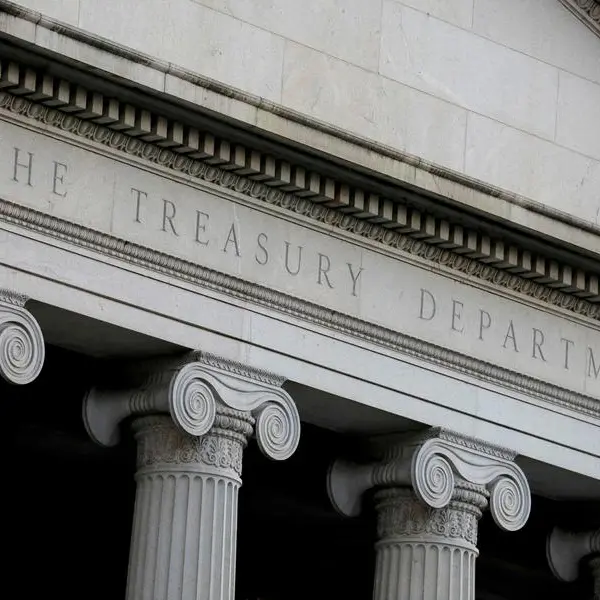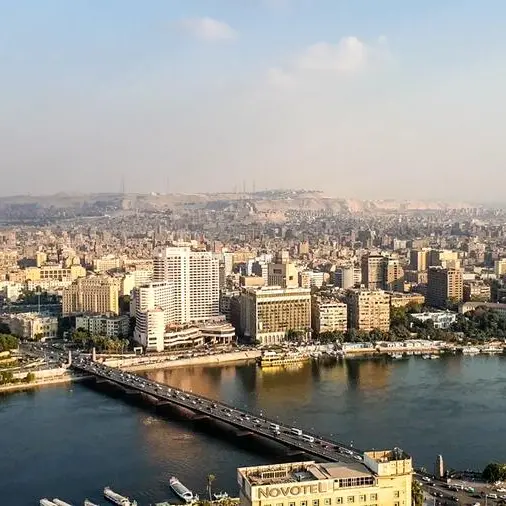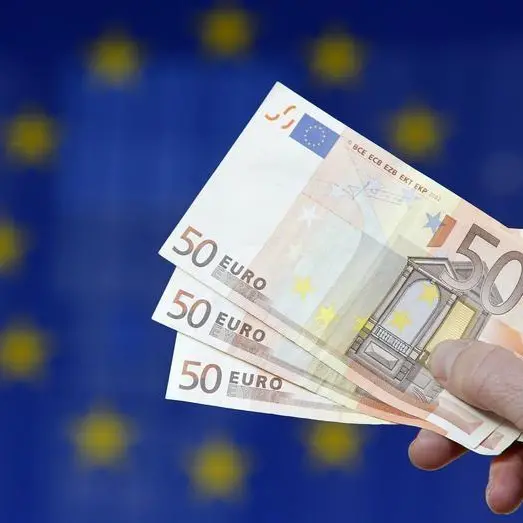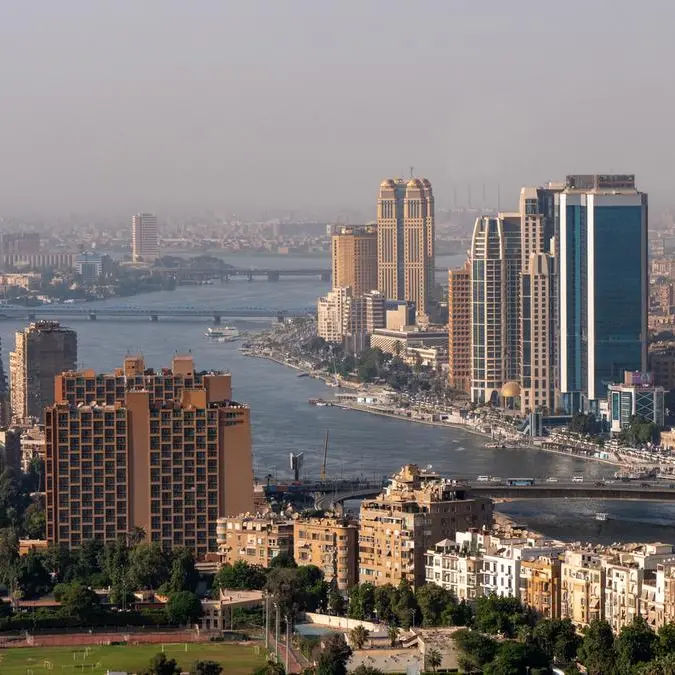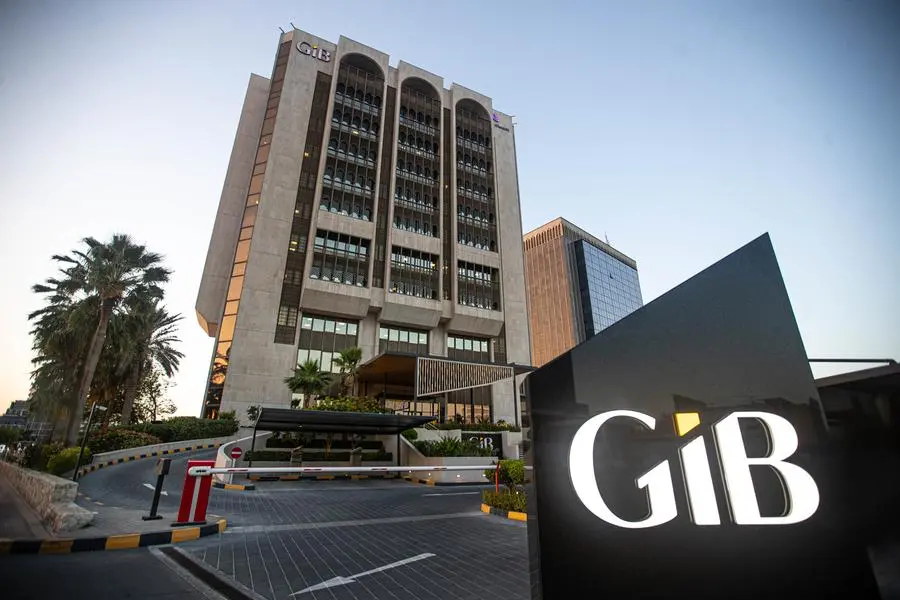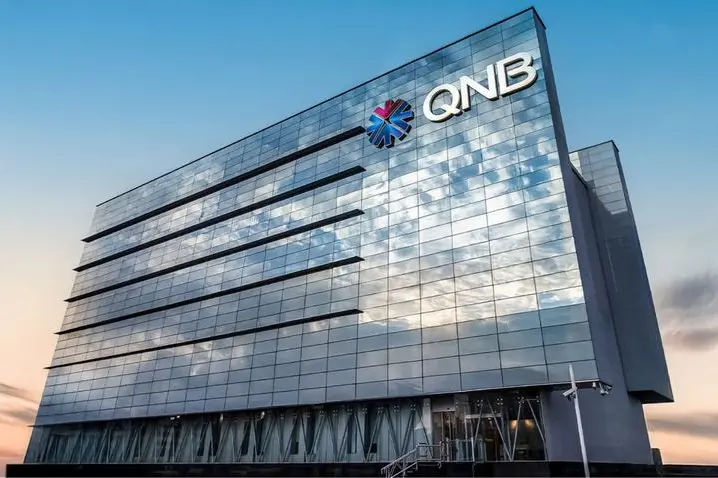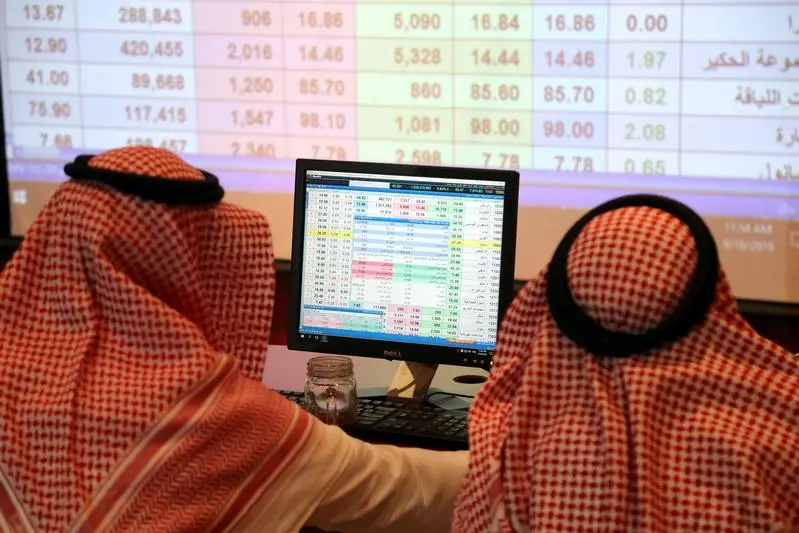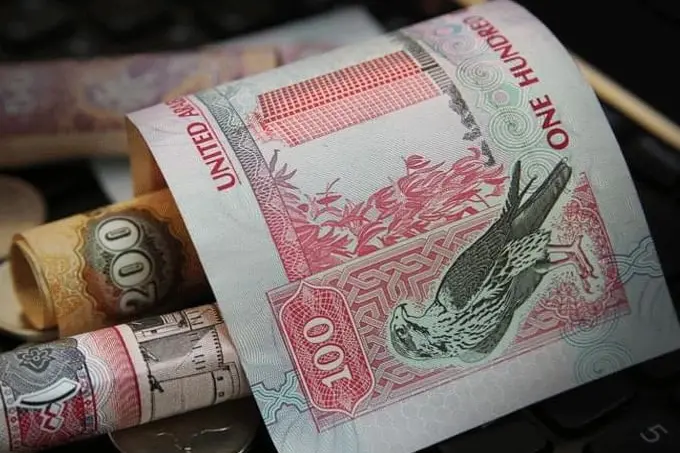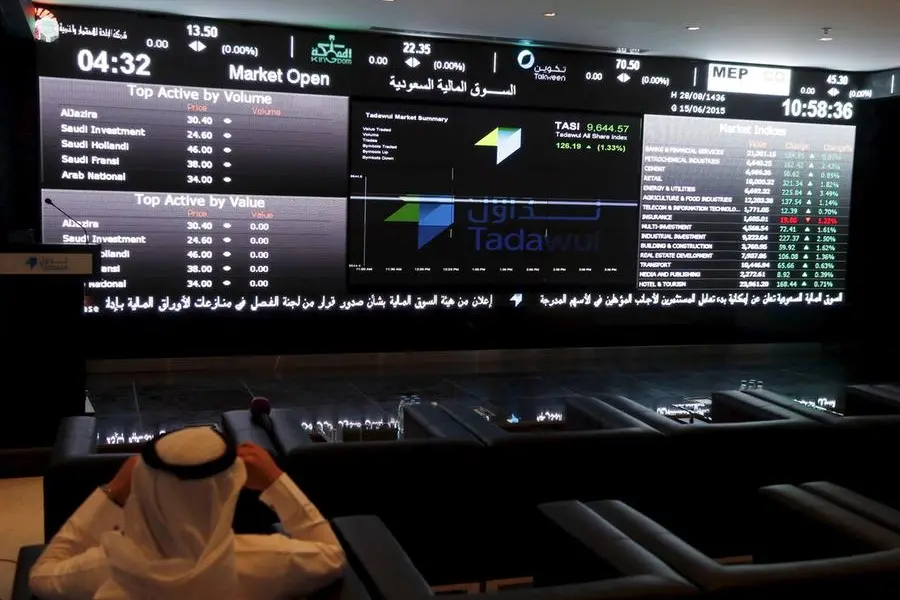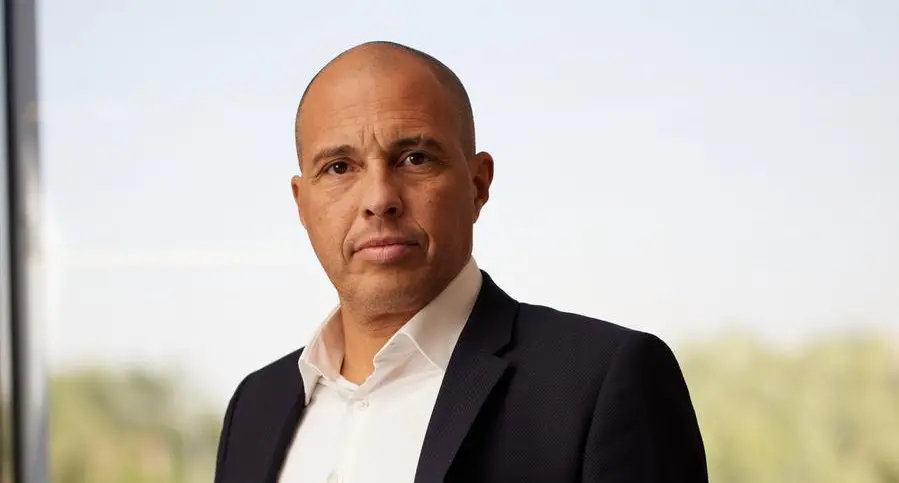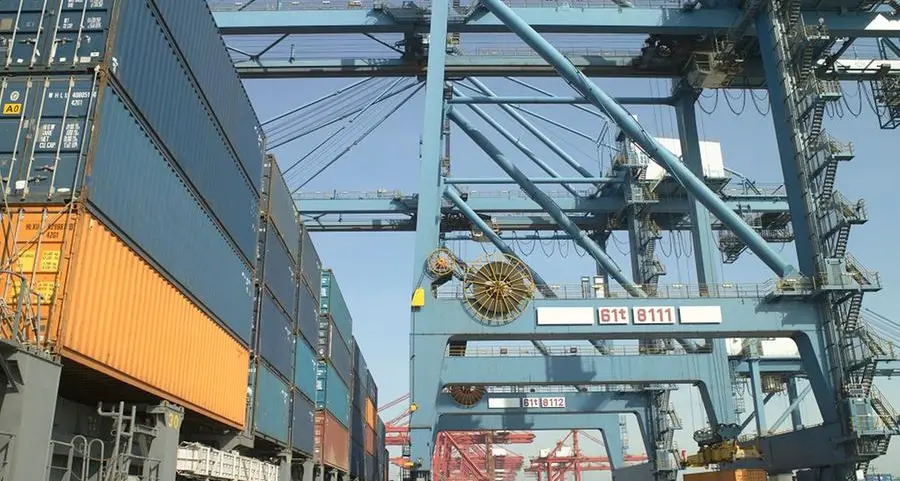PHOTO
Angola is paving the way to a return to the international bond market after holding non-deal meetings and calls with investors in the US, the Middle East and the UK.
Representatives of the African sovereign were recently in Boston and New York before travelling to the Gulf, said bankers. They also held calls with investors in London.
Angola has a 9.5% bond issue, with US$864.4m outstanding, coming due later this year, on November 12, according to LSEG data.
Despite the investor update, the timing on the new issue has yet to be determined.
"Levels are still elevated for them," said a banker. "Yields are still in the double digits so not yet attractive for them."
The sovereign's last public Eurobond issue was in April 2022, though the government recently made a bond offering that acted as collateral for a total return swap agreement with JP Morgan. Angola initially issued US$1.2bn of 10.95% December 2030 bonds at the end of last year, before subsequently increasing the offering to US$1.93bn in mid-January.
The notes, which are rated B3 by Moody's and B– by both S&P and Fitch, are pledged as security against a US$1bn loan from JP Morgan.
For Angola, the bonds won't count as part of its external debt, with its net liability to JP Morgan at US$1bn, plus interest. If the sovereign defaults on the loan, then JP Morgan has recourse to nearly US$2bn of bonds.
While the interest payment on the loan has not been disclosed, bankers said that collateralised debt is cheaper than unsecured. The structure also allowed Angola to move quickly. "It helped Angola manage short-term liquidity issues," said a second banker.
The deal speaks to the challenges that certain African sovereigns are facing in raising short-term liquidity or tackling liabilities.
"There is liquidity in EM but it is very expensive. Many are muddling through," said a third banker. "The key thing is the US. It's not clear how the US economy will evolve but it may implode at some point [given] tariffs. This will affect EM flows."
The decision by the Trump administration to freeze US aid and by other national governments, such as the UK, to cut their aid budgets in favour of defence spending could also have a big impact on certain countries.
One of those countries that is a recipient of US aid is Kenya. Last week, Treasury Cabinet Secretary John Mbadi warned that the US decision to freeze USAID funding will create a Sh52bn (US$400m) deficit in Kenya's 2024/25 fiscal year, according to local media.
Kenya recently decided to take a proactive approach to its upcoming liabilities, when at the end of last month it raised US$1.5bn through a 9.5% March 2036 amortising note issue, which has a weighted-average life of 10 years.
Proceeds will fund a buyback offer on its US$900m of 7% May 2027s, which start to amortise in two months. But it had to pay a yield of 9.95% to access the public market.
Kenya has said it will buy back about US$580m of the 2027s following the tender offer. The price offered on the buyback was 100.25.
Attention will now turn to whether Nairobi will be able to close a US$1.5bn financing agreement with an 8.25% interest rate from the UAE, though whether the final form will be a loan or a bond issue has yet to be decided.
Kenya is also in talks with the IMF about a possible new programme, with its current one ending in April.
Another challenged sovereign, Gabon, took to private markets last month to raise US$570m through a private placement to fund a tender offer for an upcoming maturity, but had to pay an elevated yield in the process.
The African sovereign, rated Caa2 by Moody's and CCC by Fitch, issued 9.50% February 2029 notes with a weighted-average life of 3.5 years. The bonds came at a big discount to par, priced at 91.209, to yield 12.70%, though within hours of being free to trade they were bid at 93.25, according to LSEG.
The deal allowed Gabon to quickly de-risk the buyback of its 6.95% June 2025s, which have US$315m outstanding, according to LSEG, ahead of elections in April.
However, bankers away from the deal, criticised it given its high cost, which was one of the highest yields paid by an EM sovereign in the past 15 years. "The Gabon buyback was very costly, not smart," said the third banker.
Yet, with no IMF programme and its curve trading in double digits, even a public deal would have been expensive and would also have taken time to put together.
A fourth banker, who was also wasn't involved, said that Gabon "had no choice" but to do the tender, adding: "It stems from the blue bond, which didn't take out the 2025s."
In August 2023, Gabon issued a US$500m August 2038 amortiser, with a 10-year average life, which was a so-called blue bond offering.
While proceeds of the deal targeted the 2025s as part of an up to US$450m tender offer, the liability management exercise also included Gabon's US$1bn of 6.625% amortising February 2031s and US$800m of 7% amortising November 2031s.
The buyback on the originally issued US$700m of 2025s was capped at US$150m, with only US$92.6m taken out. It meant that Gabon undertook a second buyback exercise on the 2025s last November for US$290m of outstanding aggregate principal, which was funded locally, and then a third one last month.
"It's one bad trade followed by another," said the fourth banker about Gabon's blue bond and private placement.
Gabon's private placement followed similar deals by Senegal and Cameroon last year. Bankers said more could follow.
However, the fourth banker was critical of the fees being paid to the various advisers, legal firms and banks involved in these types of deals. "You've got to ask who are they doing them for?" he said. "It's wonderful P&L for them."
Additional reporting by Christopher Spink
Source: IFR
